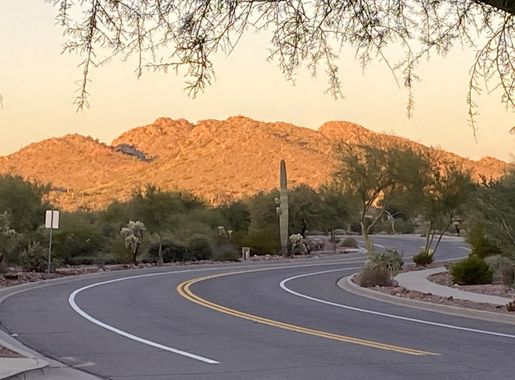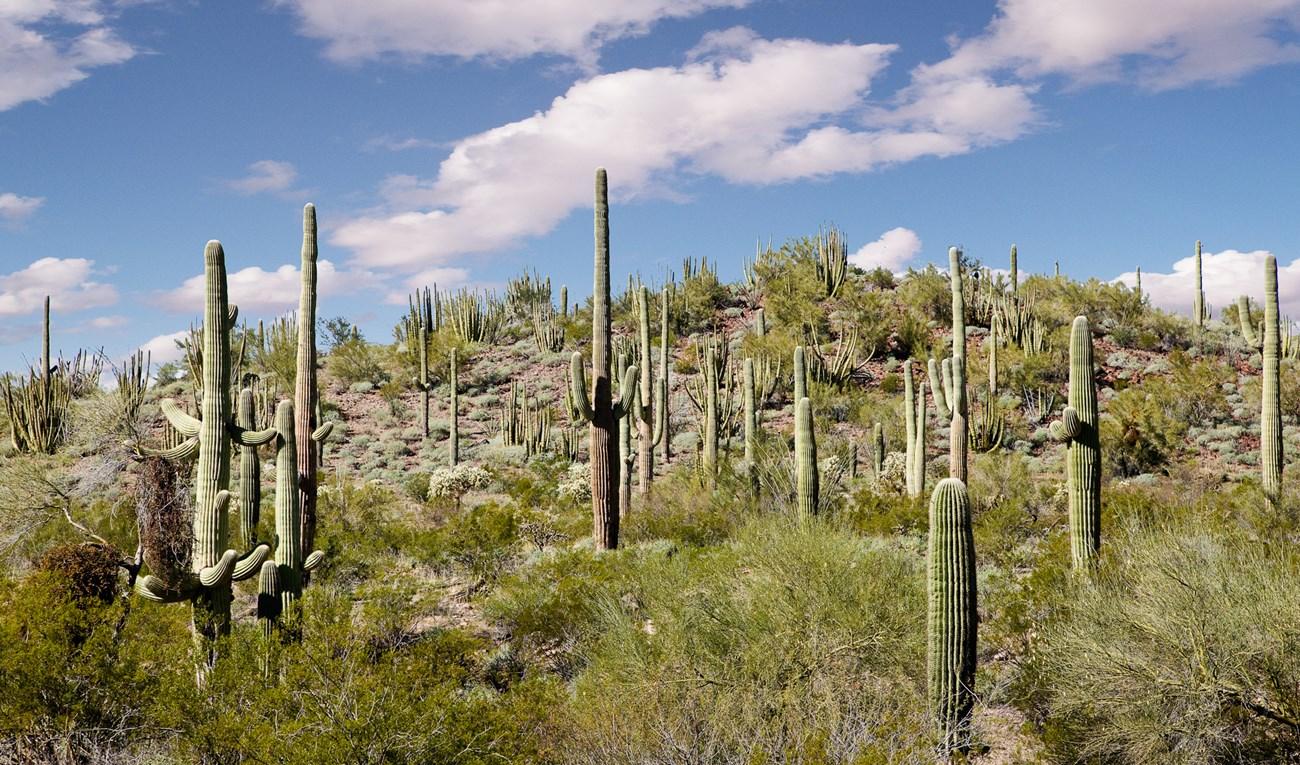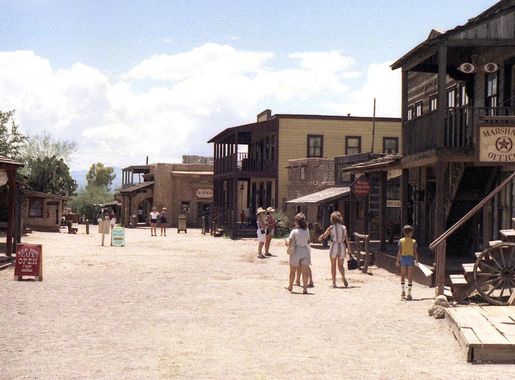
The Natural Splendor of Tucson Mountain Park
Explore the diverse landscapes, stunning sunsets, and rich history of Tucson Mountain Park in Arizona, a perfect destination for nature lovers and outdoor enthusiasts.
Tucson Mountain Park in Arizona is a treasure trove for nature lovers and outdoor enthusiasts. Covering over 20,000 acres of pristine desert landscape, the park offers breathtaking views of the rugged mountains, cacti, and diverse wildlife. Visitors can enjoy activities such as hiking, mountain biking, and horseback riding on the extensive network of trails that wind through the park. The park is also home to the Arizona-Sonora Desert Museum, where you can learn about the flora and fauna native to this unique region. One of the park's highlights is the stunning sunsets, which paint the sky in vibrant hues of orange, pink, and purple. The clear desert skies also make it an ideal spot for stargazing, offering an unobstructed view of the Milky Way and other celestial wonders. For those interested in history, the park contains remnants of ancient Hohokam villages, providing a glimpse into the lives of the people who once inhabited this land. Wildlife enthusiasts will be delighted by the variety of animals that call Tucson Mountain Park home. Keep an eye out for javelinas, bobcats, and a multitude of bird species. The park's diverse ecosystem makes it a haven for nature photography. Whether you're looking to explore the great outdoors, learn about desert ecology, or simply relax and take in the natural beauty, Tucson Mountain Park is a must-visit destination in Arizona.
Local tips in Tucson Mountain Park
- Visit early in the morning or late in the afternoon to avoid the midday heat.
- Bring plenty of water and sun protection, as the desert sun can be intense.
- Check out the Arizona-Sonora Desert Museum for an educational experience.
- Wear sturdy shoes suitable for hiking on rocky terrain.
- Keep a safe distance from wildlife and do not feed the animals.
- Take advantage of the clear skies for stargazing at night.
The Natural Splendor of Tucson Mountain Park
Tucson Mountain Park in Arizona is a treasure trove for nature lovers and outdoor enthusiasts. Covering over 20,000 acres of pristine desert landscape, the park offers breathtaking views of the rugged mountains, cacti, and diverse wildlife. Visitors can enjoy activities such as hiking, mountain biking, and horseback riding on the extensive network of trails that wind through the park. The park is also home to the Arizona-Sonora Desert Museum, where you can learn about the flora and fauna native to this unique region. One of the park's highlights is the stunning sunsets, which paint the sky in vibrant hues of orange, pink, and purple. The clear desert skies also make it an ideal spot for stargazing, offering an unobstructed view of the Milky Way and other celestial wonders. For those interested in history, the park contains remnants of ancient Hohokam villages, providing a glimpse into the lives of the people who once inhabited this land. Wildlife enthusiasts will be delighted by the variety of animals that call Tucson Mountain Park home. Keep an eye out for javelinas, bobcats, and a multitude of bird species. The park's diverse ecosystem makes it a haven for nature photography. Whether you're looking to explore the great outdoors, learn about desert ecology, or simply relax and take in the natural beauty, Tucson Mountain Park is a must-visit destination in Arizona.
When is the best time to go to Tucson Mountain Park?
Iconic landmarks you can’t miss
Arizona-Sonora Desert Museum
Explore the Arizona-Sonora Desert Museum, a unique blend of natural history, art, and wildlife, showcasing the stunning Sonoran Desert ecosystem.
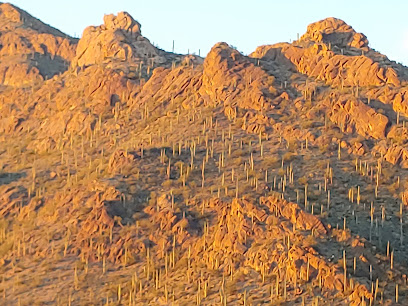
Reid Park Zoo
Discover diverse wildlife and beautiful gardens at Reid Park Zoo, a top-tier family-friendly attraction in Tucson, Arizona.
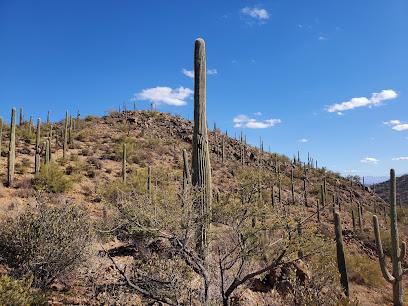
Pima Air & Space Museum
Explore the vast collection of aircraft and the history of flight at Tucson's Pima Air & Space Museum, a must-visit for aviation enthusiasts.
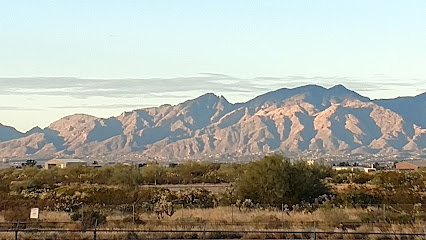
San Xavier del Bac Mission
Explore the grandeur of San Xavier del Bac Mission, a historic landmark showcasing exquisite Spanish Colonial architecture and rich cultural heritage in Tucson, Arizona.
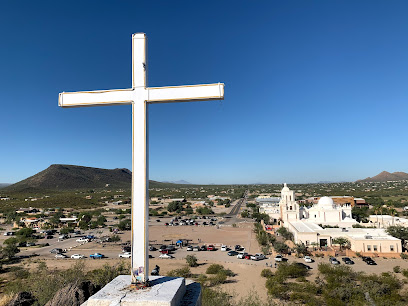
Sabino Canyon Recreation Area
Discover the breathtaking beauty of Sabino Canyon, a nature lover's paradise in Tucson, Arizona, perfect for hiking, wildlife viewing, and outdoor adventures.
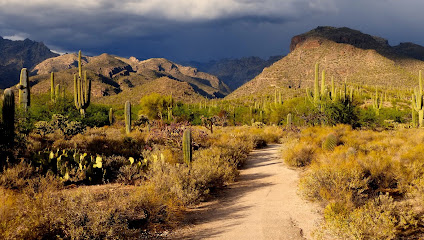
Old Tucson
Discover the Wild West at Old Tucson, where history and entertainment collide in an unforgettable theme park experience.
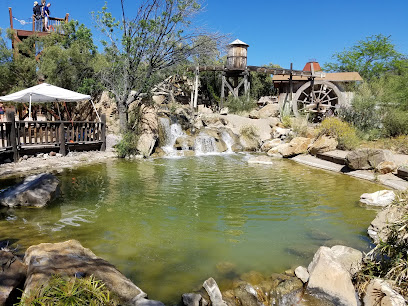
Tucson Botanical Gardens
Discover tranquility at Tucson Botanical Gardens, an enchanting oasis showcasing native plants and stunning landscapes in the heart of Arizona.
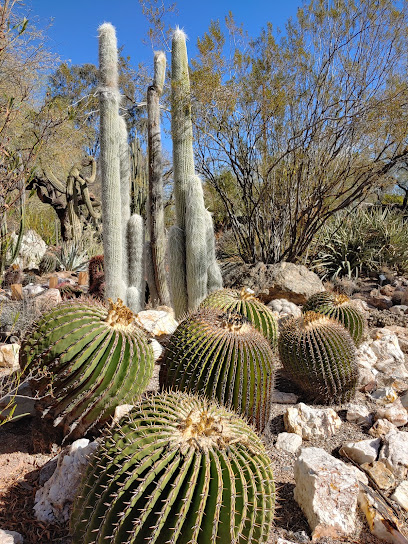
Trail Dust Town
Explore Trail Dust Town, a vibrant theme park in Tucson, Arizona, where the spirit of the Wild West comes alive with thrilling attractions and family-friendly entertainment.
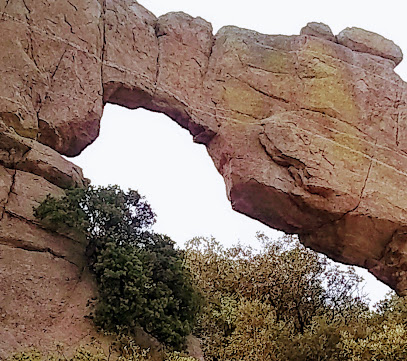
Agua Caliente Regional Park
Experience the tranquility and natural beauty of Agua Caliente Regional Park, a hidden gem in Tucson perfect for outdoor enthusiasts and families.
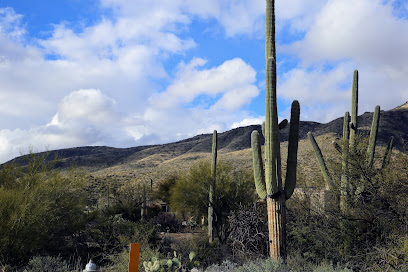
Catalina State Park
Discover the breathtaking landscapes and diverse wildlife at Catalina State Park, a premier outdoor destination in Arizona for hiking and nature exploration.
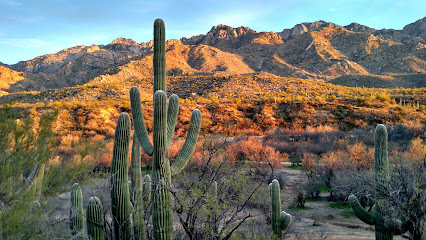
Chuck Ford Lakeside Park
Explore the tranquility and recreational opportunities at Chuck Ford Lakeside Park, a perfect retreat for nature lovers in Tucson, Arizona.
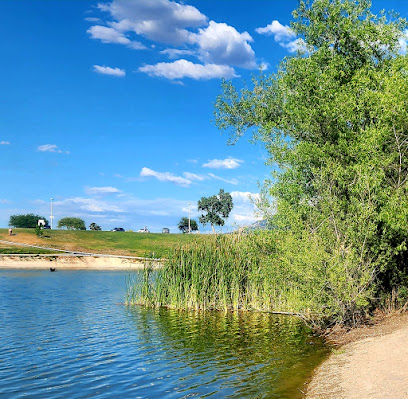
The Mini Time Machine Museum of Miniatures
Explore the whimsical world of tiny treasures at The Mini Time Machine Museum in Tucson, a captivating experience for art lovers and families alike.
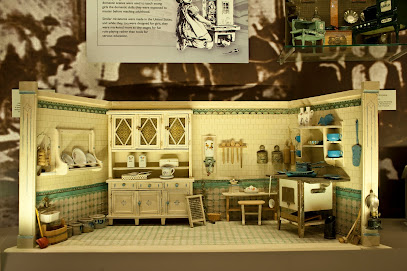
Himmel Park
Explore Himmel Park: Tucson's scenic urban park, offering lush landscapes, sports facilities, and a vibrant community atmosphere.
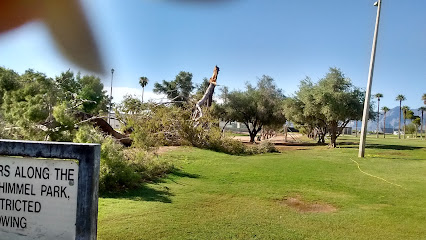
Christopher Columbus Park
Explore the lush landscapes and recreational offerings of Christopher Columbus Park, a tranquil oasis in the heart of Tucson, Arizona.
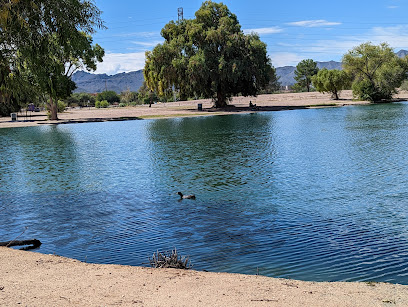
Tumamoc Hill Hiking Trail
Explore Tumamoc Hill Hiking Trail in Tucson, Arizona, where stunning desert landscapes and breathtaking views create an unforgettable outdoor adventure.
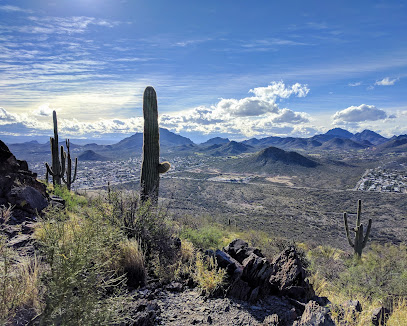
Unmissable attractions to see
Reid Park Zoo
Experience wildlife up close at Reid Park Zoo, Tucson's premier family-friendly attraction offering unforgettable adventures and educational encounters.
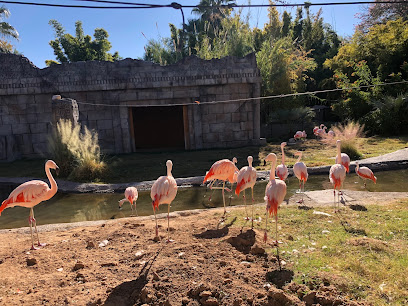
Gene C. Reid Park
Experience the beauty and recreation of Gene C. Reid Park, a must-visit urban oasis in Tucson, perfect for families and nature enthusiasts.
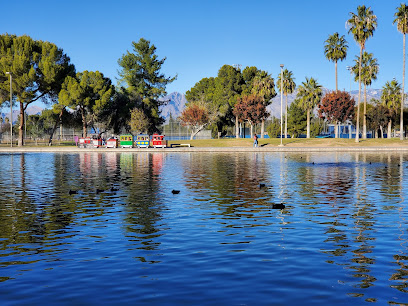
Sabino Canyon Recreation Area
Explore the stunning landscapes and rich biodiversity of Sabino Canyon Recreation Area in Tucson, Arizona, a paradise for outdoor enthusiasts and nature lovers.

Tucson Botanical Gardens
Explore the stunning Tucson Botanical Gardens, a serene escape showcasing the beauty of desert flora and vibrant gardens in the heart of Tucson, Arizona.

Trail Dust Town
Experience the magic of the Wild West at Trail Dust Town in Tucson, Arizona, a themed attraction combining history, entertainment, and culinary delights.
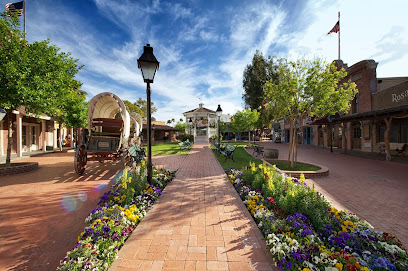
Children's Museum Tucson
Experience creativity and learning at the Children's Museum Tucson, where imagination comes to life through interactive exhibits and fun-filled activities for all ages.
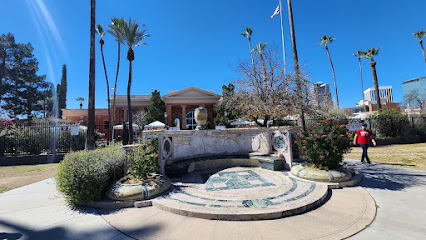
Red Hills Visitor Center
Explore the iconic Saguaro National Park at the Red Hills Visitor Center, your gateway to Arizona's stunning desert landscapes and unique ecosystems.
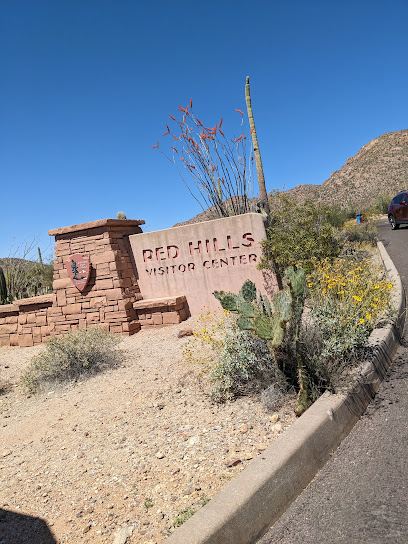
Brandi Fenton Memorial Park
Explore Brandi Fenton Memorial Park, a beautiful oasis in Tucson with lush landscapes, family-friendly amenities, and a peaceful atmosphere for relaxation.
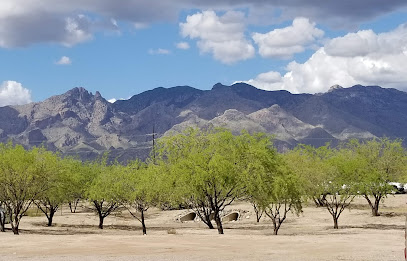
John F. Kennedy Park
Discover the tranquil beauty of John F. Kennedy Park in Tucson, a perfect escape for relaxation, recreation, and family fun amidst nature.
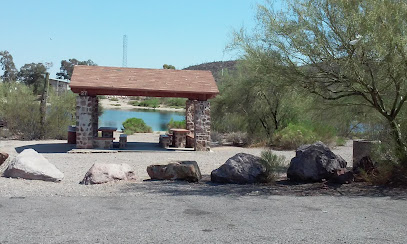
The Mini Time Machine Museum of Miniatures
Explore a captivating world of miniatures at The Mini Time Machine Museum in Tucson, Arizona, showcasing intricate displays and inspiring creativity for all ages.

Himmel Park
Discover the beauty and tranquility of Himmel Park, Tucson's premier city park featuring lush greenery and recreational opportunities for all.
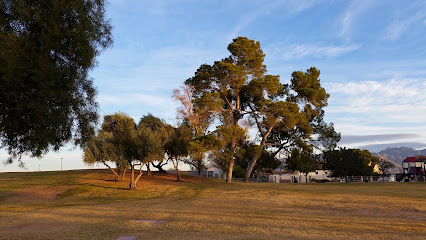
Christopher Columbus Park
Discover the beauty and tranquility of Christopher Columbus Park in Tucson, a perfect destination for outdoor enthusiasts and families seeking relaxation.
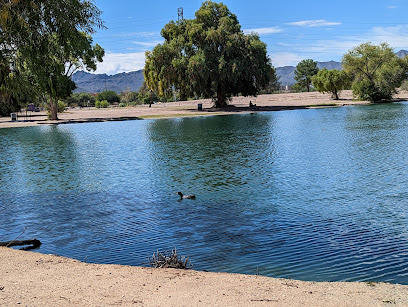
Tumamoc Hill Hiking Trail
Explore Tumamoc Hill Hiking Trail in Tucson, Arizona – a scenic hiking destination offering breathtaking views and a rich desert experience.
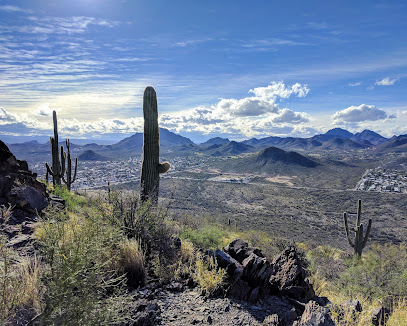
Santa Cruz River Park
Explore Santa Cruz River Park in Tucson, AZ – a natural oasis of trails, wildlife, and cultural experiences along the beautiful Santa Cruz River.
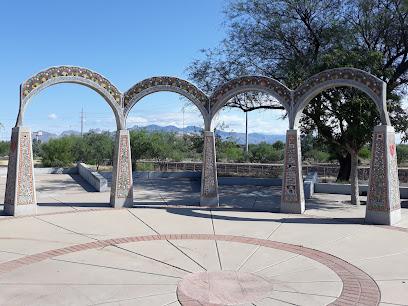
Tumamoc Hill
Explore Tumamoc Hill, a nature preserve in Tucson, Arizona, offering breathtaking views, serene hiking trails, and rich ecological diversity.
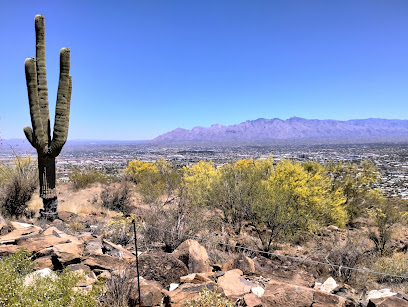
Essential places to dine
Cracker Barrel Old Country Store
Discover the heartwarming flavors of Southern cuisine at Cracker Barrel Old Country Store in Tucson - where comfort food meets country charm.
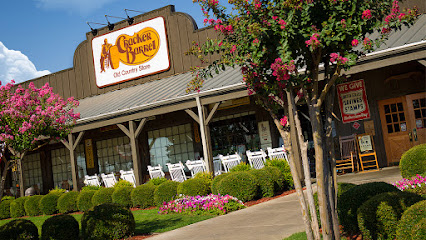
Culinary Dropout
Experience vibrant American cuisine at Culinary Dropout in Tucson—where great food meets live entertainment.
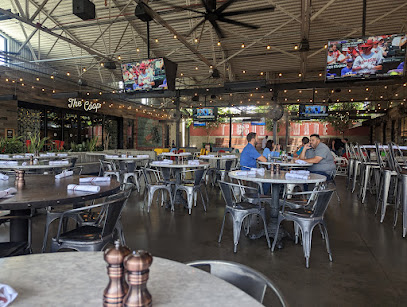
Little Anthony's Diner
Discover the charm of Little Anthony's Diner in Tucson - where classic American comfort food meets delightful ice cream indulgence.
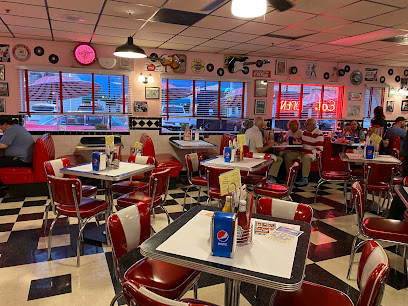
Pinnacle Peak
Discover Pinnacle Peak - Tucson's premier steakhouse offering gourmet dining with breathtaking views in the heart of Arizona.
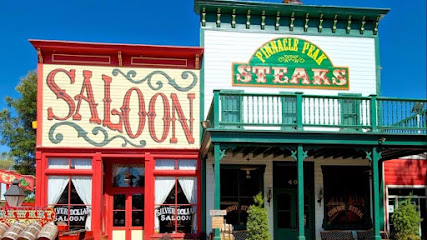
Tohono Chul | Gardens, Galleries, and Bistro
Explore Tohono Chul: A unique fusion of botanical beauty, local art exhibitions, and delicious dining set against Tucson's stunning desert backdrop.

The Parish
Discover the rich flavors of Cajun cuisine at The Parish in Tucson – where Southern hospitality meets innovative culinary artistry.
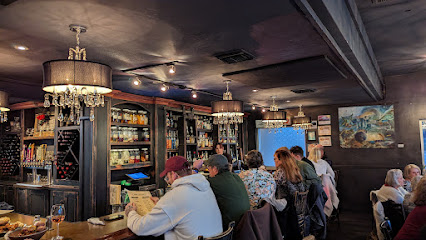
Rancho Rustico Restaurant
Discover authentic Mexican cuisine at Rancho Rustico Restaurant in Tucson - where vibrant flavors meet warm hospitality.
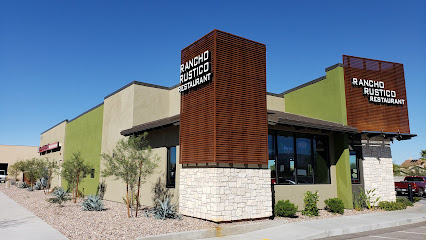
Hi-Way Chef Restaurant
Discover delicious American, Italian, and Mexican cuisine at Hi-Way Chef Restaurant in Tucson - your perfect roadside dining experience.
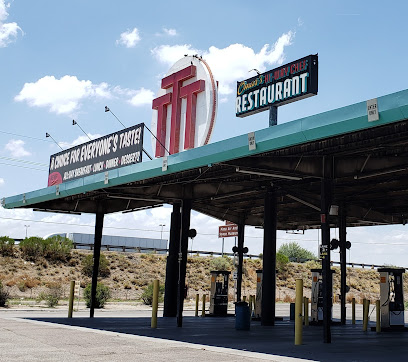
Saguaro Corners Restaurant & Bar
Discover the vibrant flavors of American cuisine at Saguaro Corners Restaurant & Bar, where great food meets stunning desert views.
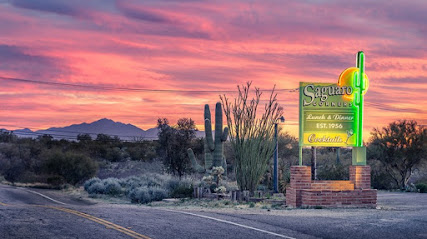
Union Public House
Discover the flavors of America at Union Public House in Tucson—where comfort food meets vibrant ambiance.
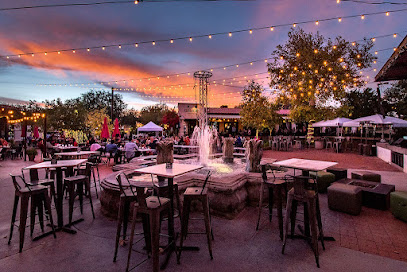
Vivace Restaurant
Experience authentic Italian cuisine at Vivace Restaurant in Tucson's beautiful Catalina Foothills.

Kon Tiki Restaurant & Lounge
Experience the vibrant fusion of American and Polynesian cuisine at Kon Tiki Restaurant & Lounge in Tucson - a tropical dining destination.
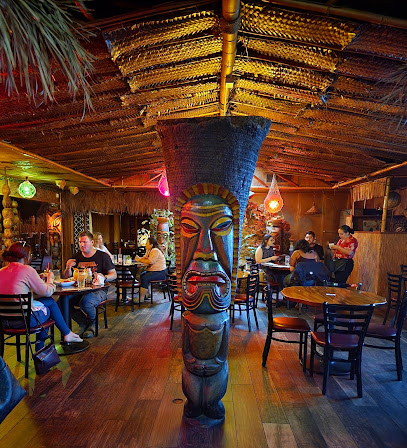
Kingfisher Bar & Grill
Experience the best of American cuisine at Kingfisher Bar & Grill in Tucson - where fresh seafood meets local charm.
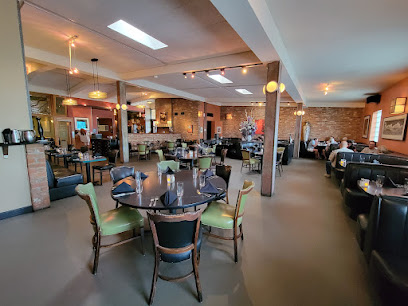
Sullivan's Steakhouse
Experience culinary excellence at Sullivan's Steakhouse in Tucson - where fine dining meets exceptional service.

Café à La C'Art
Discover Café à La C'Art in Tucson - where delicious American breakfasts meet local art in a cozy café setting.
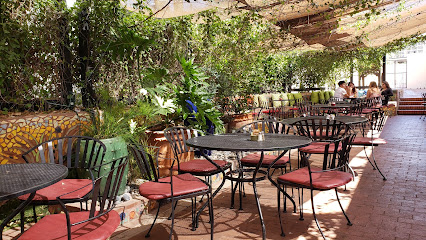
Markets, malls and hidden boutiques
Park Place Mall
Explore Park Place Mall, Tucson's premier shopping and dining destination, offering an eclectic mix of stores and delightful eateries for every taste.
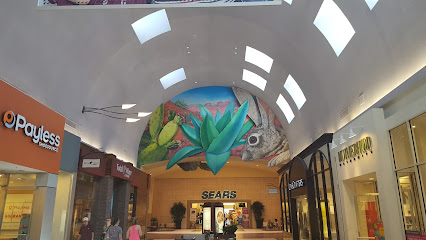
Main Gate Square
Explore vibrant shopping and dining at Main Gate Square, a cultural hub in Tucson, Arizona, perfect for tourists and locals seeking entertainment.
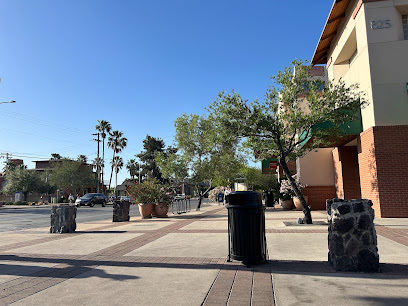
Mercado San Agustin
Discover the heart of Tucson at Mercado San Agustin, a vibrant market filled with food, art, and local culture in a welcoming atmosphere.
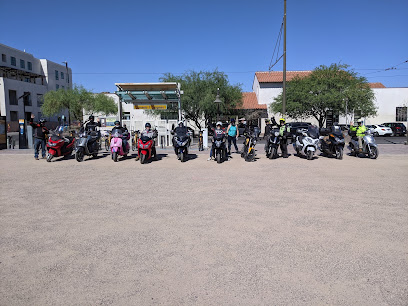
St. Philip's Plaza
Explore St. Philip's Plaza, Tucson's vibrant shopping mall with unique boutiques, local dining, and cultural events in a beautiful outdoor setting.
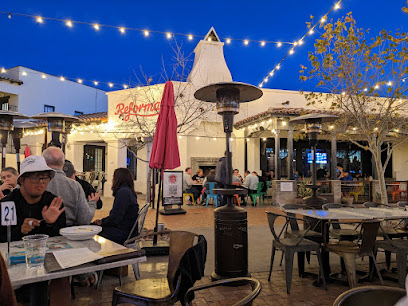
Grant-Stone Shopping Center
Explore the Grant-Stone Shopping Center in Tucson, AZ, a vibrant retail hub filled with diverse shopping and dining options for every tourist.
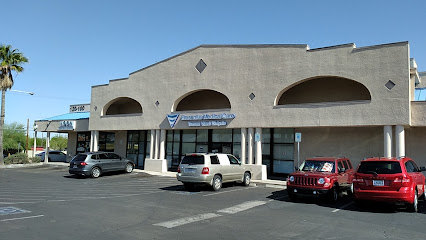
Oracle Plaza
Explore Oracle Plaza, Tucson's premier shopping mall offering diverse retail, delicious dining, and vibrant community events for every visitor.

Cat Mountain Station
Explore the eclectic treasures of Cat Mountain Station: a unique gift shop, antique store, and art gallery in Tucson, Arizona.
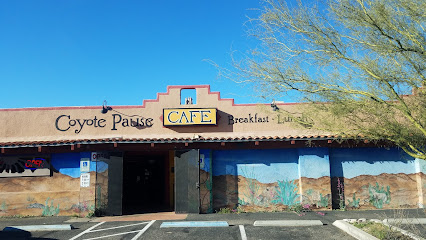
Old Town Artisans | Downtown Tucson Shops
Explore Old Town Artisans: Your destination for unique gifts and local art in Tucson's vibrant downtown.
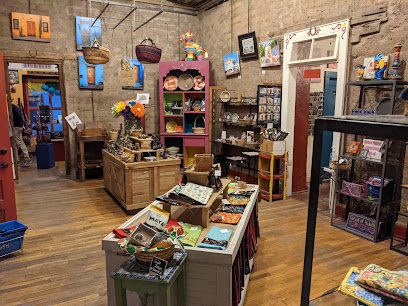
Pop Cycle
Explore the vibrant world of Pop Cycle, a unique Tucson gift shop offering local art, handmade crafts, and eco-friendly treasures.
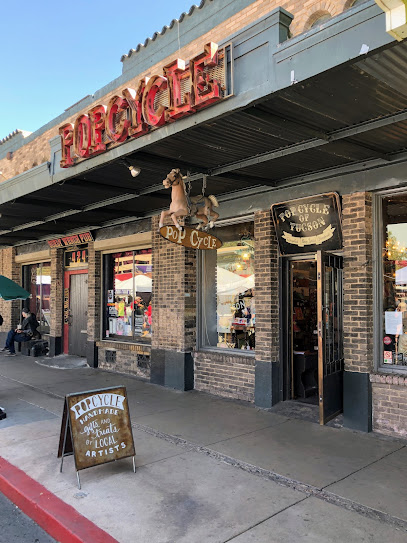
Arizona Poppy
Explore Arizona Poppy, a unique gift shop in Tucson offering locally sourced treasures that capture the spirit and creativity of the region.
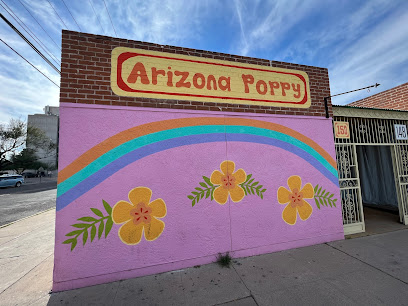
The Lost Barrio Shops
Explore The Lost Barrio Shops in Tucson, a unique shopping destination featuring local artisans, handcrafted furniture, and exquisite art pieces.
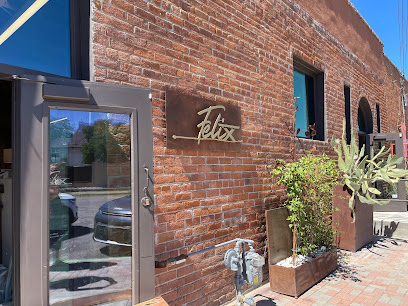
Why I Love Where I Live
Explore Why I Love Where I Live, a charming gift shop in Tucson, offering unique local treasures, stylish clothing, and one-of-a-kind hats.
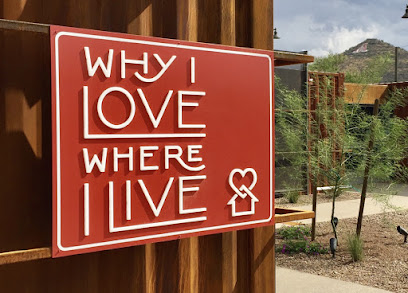
Creative Kind
Discover unique artisanal gifts at Creative Kind, a charming boutique in Tucson offering a delightful shopping experience for every visitor.

Norcross - Madagascar (US) LLC
Explore Tucson's hidden gem for rock and mineral enthusiasts at Norcross - Madagascar (US) LLC, a treasure trove of natural beauty.
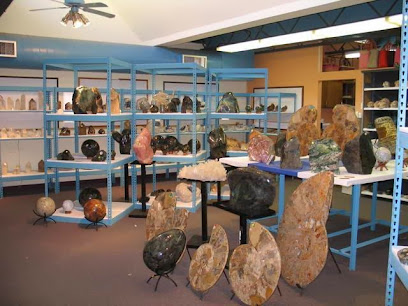
Buffalo Trading Post
Explore Buffalo Trading Post in Tucson, AZ for unique clothing and local treasures, reflecting the rich culture and artistry of the Southwest.
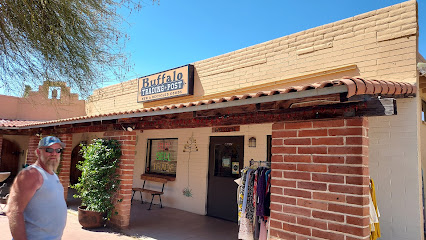
Essential bars & hidden hideouts
Mr. Heads
Experience the vibrant fusion of art and nightlife at Mr. Heads, Tucson's beloved bar and art gallery, where creativity flows alongside refreshing drinks.
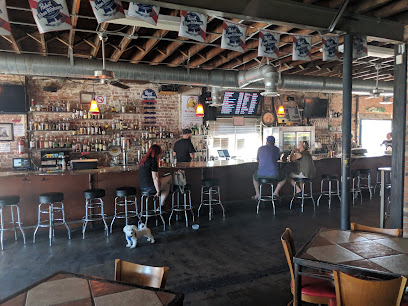
Sky Bar Tucson
Discover Sky Bar Tucson, where breathtaking views, live music, and exquisite drinks create an unforgettable night out under the stars.
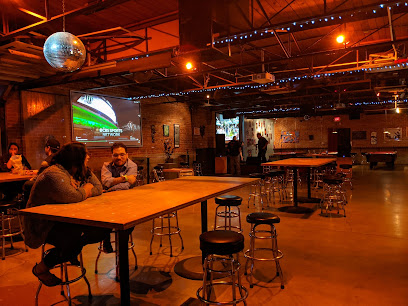
The Hut
Experience the vibrant atmosphere of The Hut, a cozy bar in Tucson's Historic Fourth Avenue, known for its affordable drinks and friendly vibe.
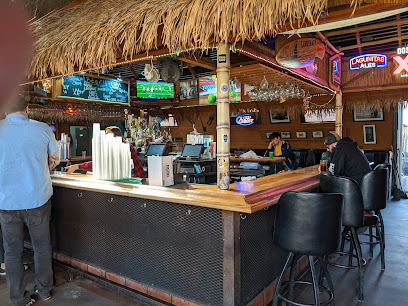
Che's Lounge
Experience the vibrant atmosphere of Che's Lounge in Tucson, where great drinks and friendly faces await in a cozy setting.
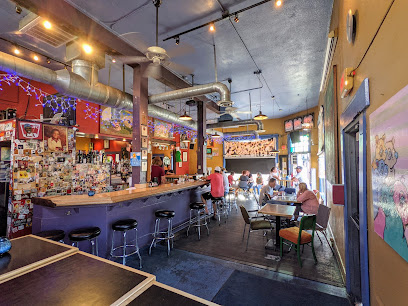
Ermanos Bar
Discover the vibrant flavors of Ermanos Bar, Tucson's go-to gastropub for craft beer and locally-sourced cuisine in a lively atmosphere.
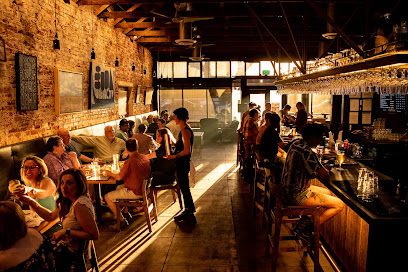
Monsoons Tap & Grill
Experience the vibrant flavors of Monsoons Tap & Grill in Tucson, where American grill classics meet a casual atmosphere perfect for any occasion.

Surly Wench Pub
Discover Surly Wench Pub in Tucson – a lively bar and grill known for its eclectic vibe, live music, and delicious food, perfect for a night out.
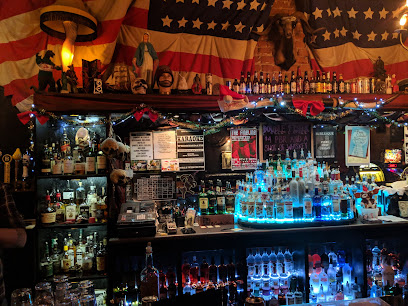
The Shelter Bar
Experience the vibrant nightlife of Tucson at The Shelter Bar, a favorite cocktail lounge known for its lively atmosphere and expertly crafted drinks.
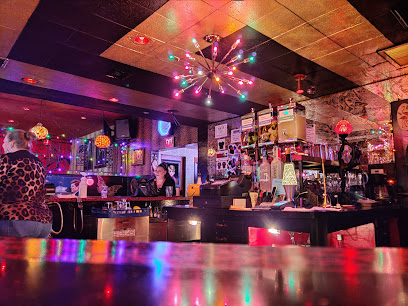
The Depot Bar
Discover the lively spirit of The Depot Bar in Tucson, where great drinks, delicious food, and sports come together for an unforgettable night.
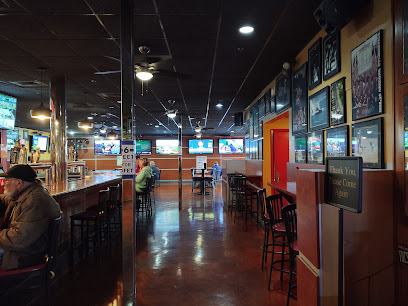
Playground Bar and Lounge
Discover the vibrant atmosphere of Playground Bar and Lounge in Downtown Tucson, where inventive cocktails and lively ambiance create unforgettable experiences.
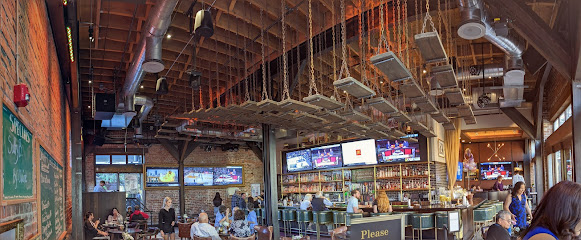
Wooden Nickel Tavern
Discover the charm of Tucson at Wooden Nickel Tavern, where delicious grilled dishes and a vibrant atmosphere await every visitor.
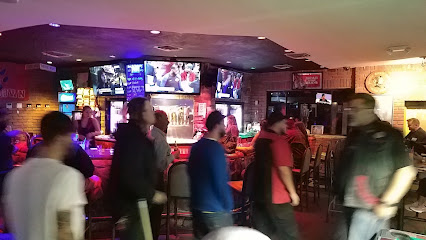
Nancy's Boondocks
Discover the vibrant atmosphere and delicious cocktails at Nancy's Boondocks, a must-visit bar and grill in Tucson, Arizona.
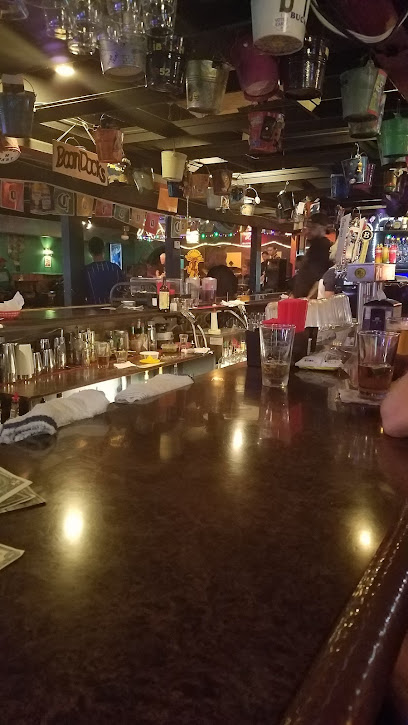
Danny's Baboquivari Lounge
Discover the lively ambiance and expertly crafted cocktails at Danny's Baboquivari Lounge in Tucson, the perfect spot for relaxation and socializing.
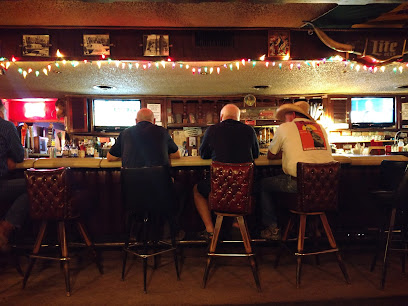
Owls Club
Discover the Owls Club, Tucson's cozy bar with a curated drink selection and a vibrant atmosphere perfect for socializing and relaxing.
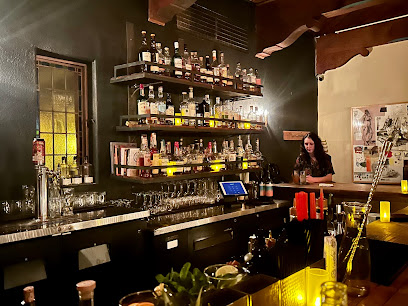
Brodies Dark Horse Tavern
Experience Tucson's local flavor at Brodies Dark Horse Tavern, where delicious grill dishes and a vibrant atmosphere await every visitor.
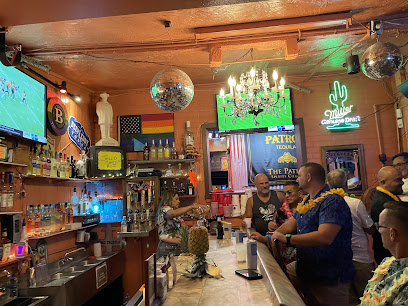
Local Phrases about Tucson Mountain Park
-
- HelloHola
[OH-lah] - GoodbyeAdiós
[ah-DYOHS] - YesSí
[SEE] - NoNo
[NOH] - Please/You're welcomePor favor/De nada
[por fah-BOHR/deh NAH-dah] - Thank youGracias
[GRAH-syahs] - Excuse me/SorryPerdón/Lo siento
[pehr-DOHN/loh SYEHN-toh] - How are you?¿Cómo estás?
[KOH-moh ehs-TAHS?] - Fine. And you?Bien. ¿Y tú?
[BYEN. ee too?] - Do you speak English?¿Hablas inglés?
[AH-blahs een-GLEHS?] - I don't understandNo entiendo
[NOH ehn-TYEHN-doh]
- HelloHola
-
- I'd like to see the menu, pleaseMe gustaría ver el menú, por favor
[may goos-tah-REE-ah behr ehl MEH-noo, por fah-BOHR] - I don't eat meatNo como carne
[NOH KOH-moh KAHR-neh] - Cheers!¡Salud!
[sah-LOOD] - I would like to pay, pleaseMe gustaría pagar, por favor
[may goos-tah-REE-ah pah-GAHR, por fah-BOHR]
- I'd like to see the menu, pleaseMe gustaría ver el menú, por favor
-
- Help!¡Ayuda!
[ah-YOO-dah] - Go away!¡Vete!
[VEH-teh] - Call the Police!¡Llama a la policía!
[YAH-mah ah lah poh-LEE-see-ah] - Call a doctor!¡Llama a un doctor!
[YAH-mah ah oon DOHK-tohr] - I'm lostEstoy perdido
[ehs-TOY pehr-DEE-doh] - I'm illEstoy enfermo
[ehs-TOY ehn-FEHR-moh]
- Help!¡Ayuda!
-
- I'd like to buy...Me gustaría comprar...
[may goos-tah-REE-ah kohm-PRAR] - I'm just lookingSolo estoy mirando
[SOH-loh ehs-TOY meer-AHN-doh] - How much is it?¿Cuánto cuesta?
[KWAHN-toh KWEHS-tah?] - That's too expensiveEso es demasiado caro
[EH-soh ehs deh-mah-SYA-do KAH-roh] - Can you lower the price?¿Puedes bajar el precio?
[PWEH-dehs BAH-hahr ehl PREH-syoh?]
- I'd like to buy...Me gustaría comprar...
-
- What time is it?¿Qué hora es?
[keh OR-ah ehs?] - It's one o'clockEs la una
[ehs lah OO-nah] - Half past (10)Y media (10)
[ee meh-dee-ah (DEE-ehs)] - MorningMañana
[mah-NYAH-nah] - AfternoonTarde
[TAHR-deh] - EveningNoche
[NOH-cheh] - YesterdayAyer
[ah-YEHR] - TodayHoy
[oy] - TomorrowMañana
[mah-NYAH-nah] - 1Uno
[OO-noh] - 2Dos
[dohs] - 3Tres
[trehs] - 4Cuatro
[KWAH-troh] - 5Cinco
[SEEN-koh] - 6Seis
[says] - 7Siete
[SYEH-teh] - 8Ocho
[OH-choh] - 9Nueve
[NWEH-veh] - 10Diez
[dyehs]
- What time is it?¿Qué hora es?
-
- Where's a/the...?¿Dónde está...?
[DOHN-deh ehs-TAH?] - What's the address?¿Cuál es la dirección?
[KWAHL ehs lah dee-rehk-SYOHN?] - Can you show me (on the map)?¿Puedes mostrarme (en el mapa)?
[PWEH-dehs mohs-TRAHR-meh (ehn ehl MAH-pah)?] - When's the next (bus)?¿Cuándo es el próximo (autobús)?
[KWAHN-doh ehs ehl PROH-ksee-moh (ow-toh-BOOS)?] - A ticket (to ....)Un boleto (a ...)
[oon boh-LEH-toh (ah ...)]
- Where's a/the...?¿Dónde está...?
History of Tucson Mountain Park
-
Long before European settlers arrived, the Hohokam people thrived in what is now Tucson Mountain Park. This ancient civilization, known for their advanced agricultural practices and intricate canal systems, left behind evidence of their presence in the form of petroglyphs, pottery shards, and remnants of their dwellings. The Hohokam inhabited the area from around 300 to 1500 AD, and their cultural influence is still felt today.
-
In the late 17th century, Spanish explorers, including Jesuit missionary Father Eusebio Francisco Kino, ventured into the region. Father Kino established missions and worked to convert the indigenous people to Christianity. The influence of Spanish culture and religion is evident in the architectural styles and place names that remain in the area today.
-
The Gadsden Purchase of 1854 was a significant event that expanded the United States' territory, including the land that would become Tucson Mountain Park. This acquisition from Mexico allowed for the construction of a southern transcontinental railroad and furthered westward expansion. The purchase played a crucial role in the development and settlement of the region.
-
Tucson Mountain Park was established in 1929 as a result of the efforts of local conservationists and the Pima County Parks Commission. The park was created to preserve the unique desert landscape, protect the diverse flora and fauna, and provide recreational opportunities for the public. Today, it spans over 20,000 acres and is one of the largest natural resource areas owned and managed by a local government in the United States.
-
During the Great Depression, the Civilian Conservation Corps (CCC) played a vital role in developing Tucson Mountain Park's infrastructure. The CCC workers built many of the park's trails, picnic areas, and other facilities that visitors still enjoy today. Their efforts not only provided much-needed employment during hard economic times but also contributed significantly to the park's accessibility and preservation.
-
In the late 20th and early 21st centuries, the Sonoran Desert Conservation Plan was implemented to ensure the long-term protection of the area's natural and cultural resources. This comprehensive plan involves various stakeholders, including government agencies, conservation organizations, and local communities. It aims to balance the needs of urban development with the conservation of the unique desert ecosystem, ensuring that Tucson Mountain Park remains a cherished natural refuge for future generations.
Tucson Mountain Park Essentials
-
Tucson Mountain Park is located in Pima County, Arizona, just west of the city of Tucson. The nearest airport is Tucson International Airport (TUS), approximately 15 miles away. From the airport, you can rent a car, take a taxi, or use ride-sharing services to reach the park. Driving is the most convenient option, as public transport options to the park are limited.
-
While Tucson Mountain Park itself does not have internal public transportation, the city of Tucson offers various options. Renting a car is highly recommended for exploring the park and its surroundings. Biking is also popular, with many trails available for cyclists. For those without a car, ride-sharing services like Uber and Lyft are available. Keep in mind that public transportation within the park is virtually non-existent, so plan accordingly.
-
The official currency is the US Dollar (USD). Credit and debit cards are widely accepted in Tucson and the surrounding areas, including gas stations, restaurants, and visitor centers. However, it's advisable to carry some cash for smaller establishments and entry fees in rural areas. ATMs are available in Tucson but are less common within the park itself.
-
Tucson Mountain Park is generally safe for visitors. However, like any popular tourist destination, it's essential to stay vigilant. Be cautious of your surroundings, especially in isolated areas of the park. Tucson has areas with higher crime rates, such as parts of the downtown area. Always lock your vehicle and secure your belongings. If hiking, stick to marked trails and inform someone of your plans. Carry sufficient water and be prepared for sudden changes in weather.
-
In case of an emergency, dial 911 for immediate assistance. Tucson Mountain Park is patrolled by park rangers who can provide help. Medical facilities are available in nearby Tucson. It is highly recommended to have travel insurance that covers medical emergencies and outdoor activities. For minor health issues, there are pharmacies in Tucson where you can purchase over-the-counter medications.
-
Fashion: Do wear comfortable, weather-appropriate clothing and sturdy footwear for hiking. Avoid wearing flip-flops or sandals on trails. Religion: Do respect any Native American cultural sites or artifacts you may encounter. Public Transport: Do use ride-sharing services or rental cars for convenience. Don't rely solely on public transport for park visits. Greetings: Do greet people with a friendly 'Hello' or 'Hi.' Arizonans are generally welcoming. Eating & Drinking: Do try local Southwestern cuisine in Tucson. Don't litter; carry out all trash to keep the park clean.
-
To experience Tucson Mountain Park like a local, visit the Arizona-Sonora Desert Museum, which offers a comprehensive look at the local flora and fauna. Hiking trails like the King Canyon Trail and the Valley View Overlook Trail provide stunning vistas without the crowds. If you visit during the evening, take the time to enjoy the breathtaking desert sunsets. Don't miss the chance to stargaze, as the clear desert skies offer fantastic views of the night sky.
Trending Landmarks in Tucson Mountain Park
-
Arizona-Sonora Desert Museum
-
Reid Park Zoo
-
Pima Air & Space Museum
-
San Xavier del Bac Mission
-
Sabino Canyon Recreation Area
-
Old Tucson
-
Tucson Botanical Gardens
-
Trail Dust Town
-
Agua Caliente Regional Park
-
Catalina State Park
-
Chuck Ford Lakeside Park
-
The Mini Time Machine Museum of Miniatures
-
Himmel Park
-
Christopher Columbus Park
-
Tumamoc Hill Hiking Trail
Nearby Cities to Tucson Mountain Park
-
Things To Do in Bisbee
-
Things To Do in Chandler
-
Things To Do in Gilbert
-
Things To Do in Mesa
-
Things To Do in Tempe
-
Things To Do in Scottsdale
-
Things To Do in Phoenix
-
Things To Do in Prescott
-
Things To Do in Sedona
-
Things To Do in Winslow
-
Things To Do in Flagstaff
-
Things To Do in Yuma
-
Things To Do in Truth or Consequences
-
Things To Do in Lake Havasu City
-
Things To Do in Las Cruces

